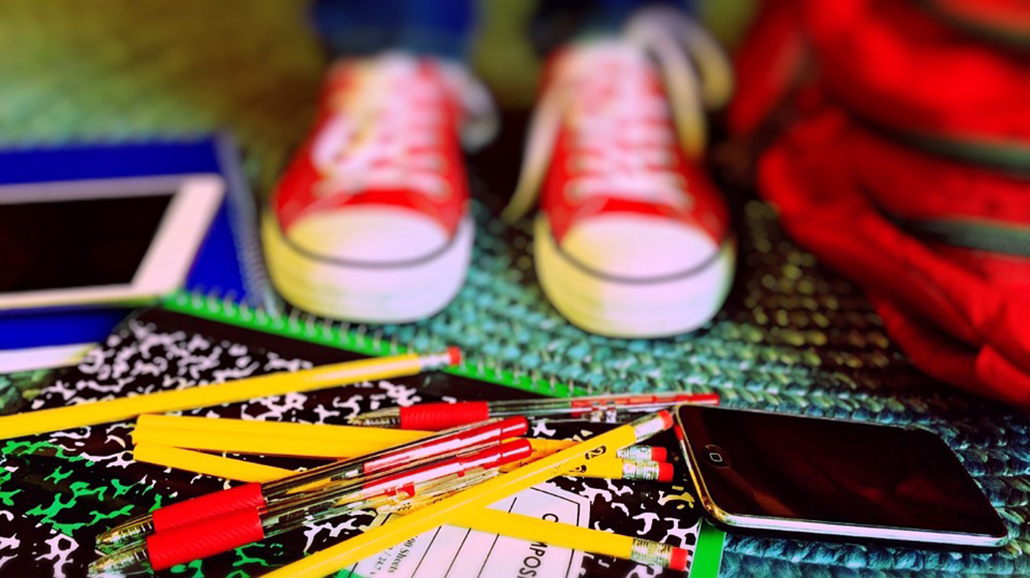—Ann Travers
New name, new pronoun, no problem? Guess again. For trans kids who use the summer break to transition, the new school year is full of possibilities: ranging from a newfound feeling of comfort and acceptance to discrimination and danger. Greg, 13, for example, used the summer between grade 8 and grade 9 to transition and describes his experience this way:
I think high school is always sort of stressful and big for anyone, but on top of that, I’m coming in as a different person from other peoples’ perspective. In the first few weeks, it was super difficult for me. Lots of people were still getting my pronouns and name wrong because they were adjusting – the kids from my old school. I was getting questions. And then at this point, people started to gossip. So the kids from my elementary school were telling the kids from other schools that I was trans. And as a result, I started sort of getting hate from some of them.
Greg ultimately settled in and felt that the school administration was very supportive but still wishes he had had an easier time of it. Other trans kids remain invisible because they lack family support and/or the school environment is simply too harsh to risk gender authenticity. The experience of knowing who you really are is unacceptable takes a toll on mental health and self-esteem and it is no wonder trans kids are disproportionately likely to engage in self-harm or commit suicide.
The 13 years children normally spend in school in Canada and the U.S. shape personality and worldview and negatively or positively determine future opportunities. Schools are a central site where children bump up against an environment built around naturalized but falsely universal abilities: including but not limited to those related to gender and sexual conformity, English-language proficiency, neurotypical learning styles, the “able body,” and white, middle-class standards of living and cultural norms. Kids must be enrolled in one form of government-certified school program or another until the age of 16, and so odds are school will be a difficult space for many kids at some point during this exposure, whether as a result of poverty, racialization, neurodiversity, inadequate support, physical confinement, adult authoritarianism, or sheer lack of relevance to the rest of their lives. Additional factors for LGBT kids, in general, and for most trans kids include institutional reliance on binary sex organization, practices of sex segregation and differentiation, and anti-queer and trans-oppressive environments. Sex-segregated and sex-differentiated spaces and activities, both formal and informal, generate profound discomfort for transgender kids who assert their nonnormative gender identities, for those who are invisible, or for those who are just figuring themselves out. Schools are often spaces of psychological difficulty and physical danger for trans kids.
U.S. studies clearly indicate that public schools are inhospitable to sexual-minority and transgender students. The 2015 National School Climate Survey: The Experiences of Lesbian, Gay, Bisexual, Transgender, and Queer Youth in Our Nation’s Schools, a study authored by the Gay, Lesbian and Straight Education Network (GLSEN) produced alarming findings that include the following:
- 58% of LGBTQ students felt unsafe in their schools because of their sexual orientation, while 43% felt unsafe because of their gender expression.
- 32% of LGBTQ students felt unsafe and/or uncomfortable enough to miss a day of school in the preceding months, while 10% missed four or more days.
- 49% reported experiencing electronic harassment/cyberbullying.
- 60% reported experiencing sexual harassment.
- 98% heard homophobic remarks, with 60% of these hearing this language frequently.
- 96% of LGBTQ students heard negative remarks about atypical gender expression, and of these, 70% heard these remarks frequently.
- 86% heard transphobic remarks, 40% of these frequently.
- 63% of LGBTQ students in this study reported hearing negative remarks about gender expression from teachers and school staff.[i]
Gendered spaces, sex-segregated spaces, and sex-differentiated activities are often the first place of crisis for trans kids; where they are allowed to go, and who they are allowed to be when in those spaces, is typically restricted by the binary sex marker on their identity documents. Educational institutions use databases that require and perpetuate binary sex markers. Often this crisis can at best be resolved to allow for binary transition, for those who seek it, and tolerance for those who resist its categories altogether. At worst, it provides the basis of, and justification for, the systemic abuse and dehumanization of trans kids.
No matter how old we are, as September approaches, most of us feel that flutter of a mix of excitement and anxiety. Parents feel the weight of their own memories combined with the practical and emotional labour of launching our kids into the educational stratosphere once again. For parents of children who are vulnerable in any way (learning differences, visible minority status, physical disabilities), the experience is fraught with anxiety and the intense labour that goes into trying to make school a reasonably okay place for our kids to learn and develop. Parents of trans kids are no exception.
[i] GLSEN, 2015 National School Climate Survey: The Experiences of Lesbian, Gay, Bisexual, Transgender, and Queer Youth in Our Nation’s Schools, 4-6.
 Ann Travers is an Associate Professor in the Department of Sociology & Anthropology at Simon Fraser University and the author of The Trans Generation: How Trans Kids (and Their Parents) are Creating a Gender Revolution (NYU Press, 2018).
Ann Travers is an Associate Professor in the Department of Sociology & Anthropology at Simon Fraser University and the author of The Trans Generation: How Trans Kids (and Their Parents) are Creating a Gender Revolution (NYU Press, 2018).

